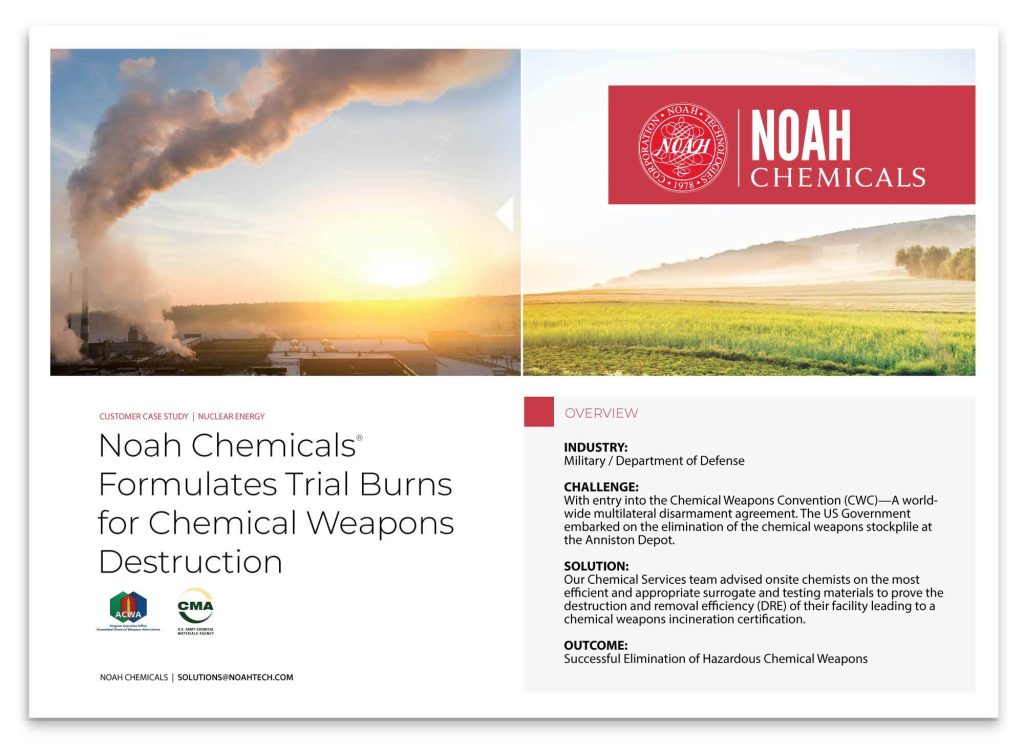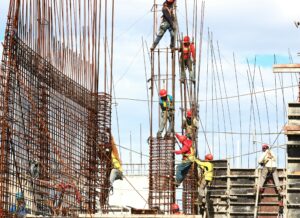
Zirconium (IV) Chloride the Game-Changing Applications: Why This Compound is Crucial for Future Technologies
In the realm of advanced materials, Zirconium (IV) Chloride holds a unique position. Known also as Zirconium tetrachloride, this compound is a cornerstone in various



